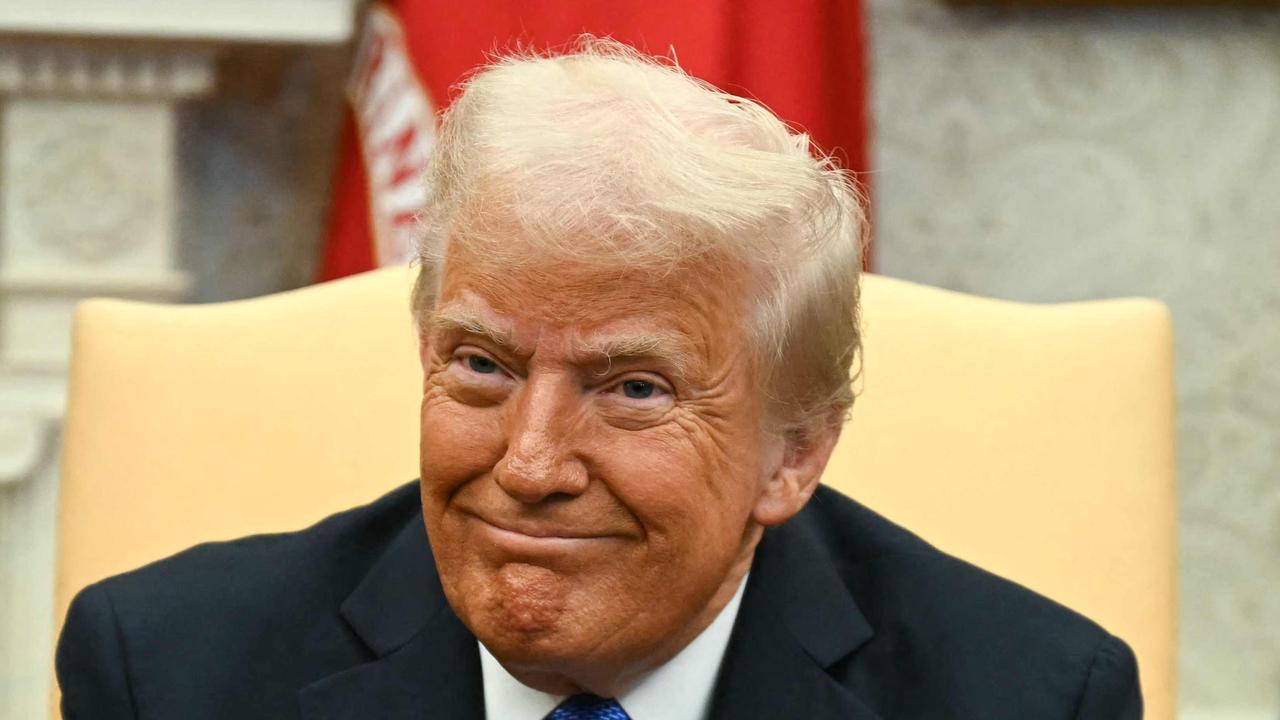China and Taiwan tensions threaten to impact global supply chain ‘nerve centre’
As tensions escalate, it’s been revealed just how much the world relies on Taiwan and the narrow stretch of water between it and China.
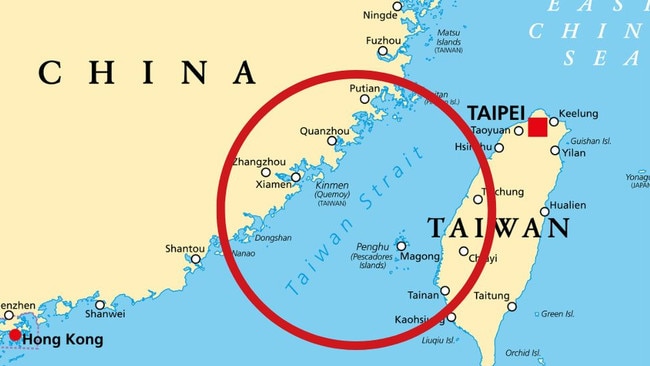
Manufacturing
Don't miss out on the headlines from Manufacturing. Followed categories will be added to My News.
One of the world’s busiest shipping lanes sits right between Taiwan and China, and the escalating tensions involving the island are causing concern for the already strained global supply chain.
Almost half the world’s container ships and 88 per cent of the world’s largest ships by tonnage have passed through the narrow Taiwan Strait this year, according to data from Bloomberg.
A historic visit to Taiwan’s capital, Taipei, by US House Speaker Nancy Pelosi, the country’s third-highest ranking government official, infuriated China last week.
Beijing responded with threatening military exercises, which included firing a missile over Taiwan for the first time ever.
Stream more world news live & on demand with Flash. 25+ news channels in 1 place. New to Flash? Try 1 month free. Offer ends 31 October, 2022 >
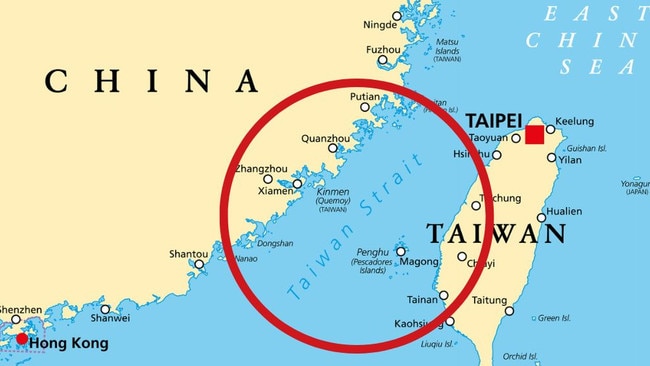
Trade delays are now expected as some ships choose to avoid the route, with rerouting of vessels through the eastern side of the island adding a few days to voyages.
Container xChange, a technology marketplace and operating platform for container logistics companies, said it was difficult to forecast the degree of impact to global trade but it expects trade disruptions across Taiwan, China, South Korea and Japan if military action persists.
“The global supply chain is interconnected and all the major stretches like Taiwan Strait are nerve centres of these value chains,” Container xChange chief executive Christian Roeloffs said.
“And if any one stretch is blocked, the undercurrents are felt across the system.”
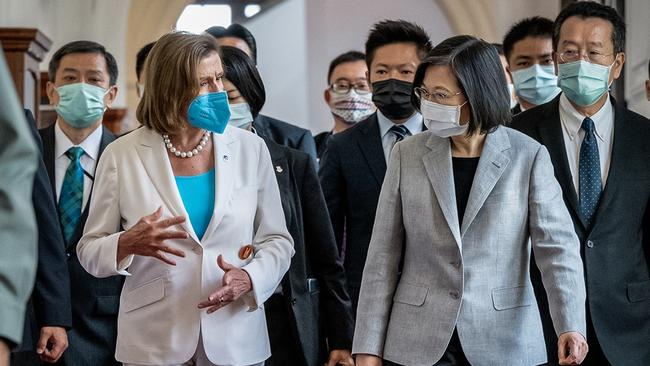
David Leaney, an international supply chain management lecturer at Australian National University, said the popular maritime trade route wasn’t just used by countries in the area.
“Even if you’re going from America to Australia, you usually go via the South China Sea because there are other trade reasons to do that; drop things off, pick things up,” he told news.com.au.
“So even if your final destination isn’t China, a lot of ships go via the South China Sea and a big chunk of those go through that little strait between Taiwan and China.”
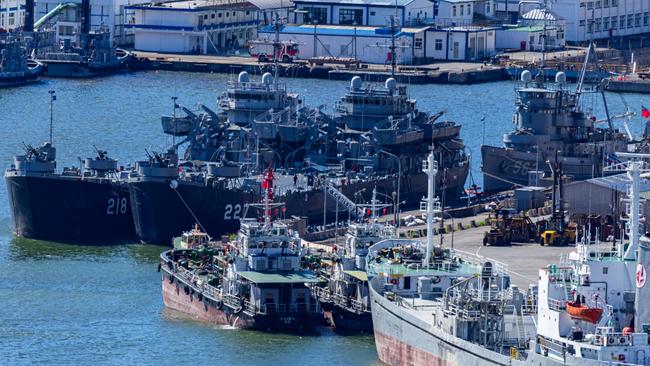
The good news, Mr Leaney said, is the vast majority of trade was going to or from China, meaning it was in its best interest for trade to continue through the Taiwan Strait.
How the world relies on Taiwan
Mr Leaney said the biggest concern for the global supply chain was disruption to the manufacturing of integrated circuit (microchips), which would have “huge consequences” to many, if not all, industries.
Taiwan Semiconductor Manufacturing Co is the world’s largest contract manufacturer of the chips, which are used to power everyday items including phones, laptops, cars, watches and refrigerators across the world.
“There’s a supply problem [worldwide] with microchips already,” Mr Leaney said.
“We’re seeing delays of 12 months for ordering a new car mainly because of microchips.”
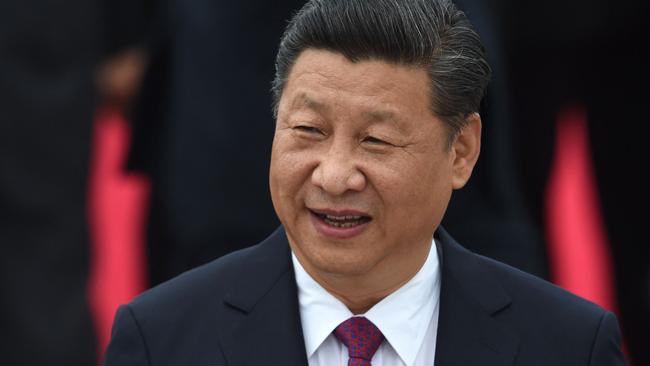
Should war break out, supply chain issues will be among the least of the world’s problems, but it will be a problem nonetheless.
“If things escalate between China and Taiwan or between China and the US over Taiwan, any disruption to the world’s supply of microchips would have huge implications,” Mr Leaney said.
“If the supply of microchips was interrupted, that has a massive impact on the world.”
Mr Leaney said while no nation wanted to see the supply of microchips stop, including China, if a conflict was to break out, it could be a reality we face.
“In a military conflict, there’s not exports coming out of Taiwan, there’s not microchips coming out of Taiwan,” he said.
“From a supply chain perspective I’m not so much worried about the world’s 40 per cent of trade that goes through that area [the Taiwan Strait] and I’m worried about very specifically the couple of ships taking Taiwanese microchips out to the rest of the world.”
The Taiwan-China relationship
Taiwan has been self-governing for more than 70 years and has never been under the rule of communist China, but Beijing considers the island its territory.
The Chinese government views any official visits to Taiwan by senior politicians from other countries as a provocation.
Ms Pelosi was the highest-ranking elected US official to visit Taiwan in decades.
China has deployed fighter jets, warships and ballistic missiles in what analysts have described as practice for a blockade and ultimate invasion of Taiwan.
Taiwan’s Premier Su Tseng-chang said China was “barbarously using military action” to disturb peace in the Taiwan Strait.
Taipei’s foreign ministry said the drills threatened “the region and even the world”.
Australian Acting Prime Minister and Defence Minister Richard Marles said China’s unprecedented military action near Taiwan was of “significant” concern, and Australia was pleading for a return to “calm”.
Professor Todd Hall, director of the China Centre at the UK’s University of Oxford, said the current Chinese military drills were “unprecedented” and were in much closer proximity to Taiwan compared to a similar flare up in tensions in the mid-1990s.
“Uniting Taiwan with the mainland has been the goal of the Chinese Communist Party ever since it won the 1946-49 civil war on the mainland against Nationalist leader Chiang Kai-shek, who fled across the strait with his supporters to install the government of the Republic of China (ROC) on Taiwan,” he wrote on academic website The Conversation.
“From Beijing’s perspective, US support for Taiwan has remained a – if not the – major obstacle to achieving unification.”
Originally published as China and Taiwan tensions threaten to impact global supply chain ‘nerve centre’




